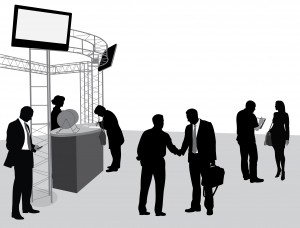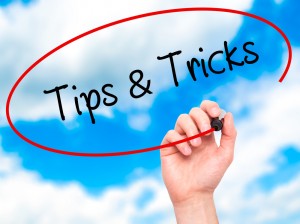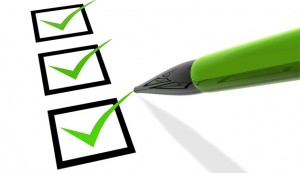 In our previous post we discussed the value of training for your exhibit booth staff. The average company invests thousands of dollars to send key salespeople and other staff to trade shows and expos around the world. Yet without proper both staff training, the exhibit team won’t have the insights and information they need take full advantage of the unique selling opportunity exhibiting brings. In order meet your trade shows goals, event staff must be properly prepared.
In our previous post we discussed the value of training for your exhibit booth staff. The average company invests thousands of dollars to send key salespeople and other staff to trade shows and expos around the world. Yet without proper both staff training, the exhibit team won’t have the insights and information they need take full advantage of the unique selling opportunity exhibiting brings. In order meet your trade shows goals, event staff must be properly prepared.
The information you present during training is dependent upon many factors, including the experience level of the team staffing the exhibit, the size of the staff and their knowledge of the rest of the team’s areas of expertise, the staff’s availability for extended training before the show, the scope of products being shown and the staff’s familiarity with them, the size and complexity of the exhibit, and the promotional program planned for each show.
Comprehensive exhibit staff training consists of four parts: 1) review of marketing strategy, exhibiting goals, and products (typically presented by management); 2) exhibit-staff training; 3) in-booth exhibit orientation; and 4) housekeeping details.
Due to the confidential nature of the marketing strategy and booth training, these sessions should be held in a private meeting room away from the exhibit, such as a conference room at the convention center or hotel. The exhibit orientation is held at the booth, generally the last afternoon before show opening or the morning before the show opens when the exhibit build is complete.
Exhibitor magazine published the following set of best practices for pre-show training. In future editions of this blog, we will re-post the content. Our next month’s post will cover how to brief your booth staff on the show’s marketing objectives and goals.
Can’t wait? Contact us today for a custom consultation.





